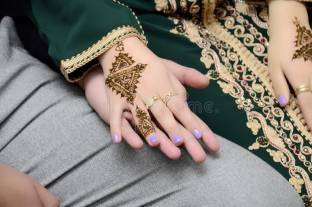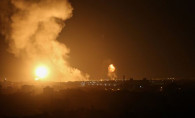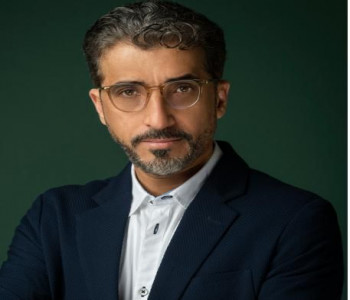How politicization and ethnicization split the ancient Ethiopian Orthodox Church
How politicization and ethnicization split the ancient Ethiopian Orthodox Church
A split has occurred in the ancient Ethiopian Orthodox Tewahedo Church (EOTC), as some clerics went on to establish a new branch under the name “Holy Synod of Oromia and Nations and Nationalities”. The EOTC is Ethiopia's largest church, with over 40% of the country's 123 million people following it.
Meanwhile, the government of Prime Minister Abiy Ahmed has been exposed to criticism for supporting for one group - the dissident group in particular – over the other and the imprinting religious differences with a political and ethnic color.
Background
The split began after Abune Sawiros, Archbishop of South West Shoa Diocese, along with two other archbishops, appointed 26 bishops inside and outside the Oromia region on January 21 without involving the Holy Synod of the EOTC, which caused widespread shock and anger among many bishops and church followers.
However, EOTC Patriarch Abune Mathias I called the appointment “illegal,” convening an emergency meeting to deal with the event, which he described as a “major event targeting the Church.” He summoned all church bishops from both the country and around the world to an emergency meeting.
On January 26, the main Holy Synod of the EOTC excommunicated three schismatic archbishops and 25 ordained bishops, accusing them of engaging in “illegal appointing” without the knowledge of the church. The dissenters, in turn, dismissed 12 archbishops who were members of the Holy Synod of the EOTC in a countermeasure.
Abune Sawiros justified the appointment decision by saying that it came to solve old problems related to the church and its failure to serve the Oromo believers in their original languages, which caused their separation from their culture, in addition to the loss of millions of believers during the past years in Oromia and the southern region. Abune Sawiros also accused the Holy Synod for comprising 85% of its members from one ethnic group, which does not reflect the diversity of the church. He and his group threatened to secede from the church if the Holy Synod failed to recognize the appointments.
Clashes took place between followers of the EOTC and local police in the West Arsi district of the city Shashamane, Oromia region, on Saturday, February 4. According to the Addis Ababa Standard, the clashes took place when Abune Boulos, who was appointed by the Holy Synod for Oromia and Nations and Nationalities, traveled to Shashamane, where he faced a protest from church followers who would not welcome him and the group of defectors. Despite church media reports claiming the number of victims was 35, the number has not been verified.
Government involvement
Speaking before members of the cabinet, Ethiopian Prime Minister Abiy Ahmed called on church leaders to resolve their differences through dialogue and discussion, and he defended his government's record of supporting the church. This came in response to mounting criticism of allegations that the ruling party aims to divide the church by aiding schismatic archbishops.
In early February, the EOTC Holy Synod issued an ultimatum to the government “to carry out the responsibilities assigned by the constitution by upholding the institutional supremacy of the Church, the rights and interests given to it by law, and by giving appropriate correction to the illegal actions” by schismatic archbishops, threatening a worldwide outcry if corrective measures were not taken. The Holy Synod also complained that “instead of enforcing the law, the government failed to uphold the law and rights of the Church by giving support to illegal groups.”
Prime Minister Ahmed spoke of the need to look into complaints from the breakaway bishops about long-standing discrimination over appointments to bishops and problems with accessing religious services in one's own languages.
“By listening to the people's demands, it is possible to resolve the issue, so that such issues of language, race, politics, etc. cannot destroy a big institution like this,” he said, wondering why believers cannot be served in their own languages, such as in the Amhara and Tigray regions where Amharic and Tigray are used in church services.
Ahmed also said that no one objected when church members in the Tigray region decided last year to distance themselves from the Holy Synod in Addis Ababa and to establish the Patriarchate of the Tigrayan Orthodox Church due to the latter’s silence on the killing of priests and the destruction of churches in the region during the Tigray war.
In April 2021, Abune Matthias, the head of the EOTC, accused Abiy Ahmed's government of wanting to destroy Tigray. “I don't know what mistake the people of Tigray did to be threatened with erasure from the face of the earth. There is a genocide happening,” said the patriarch, who is of Tigrayan origin.







